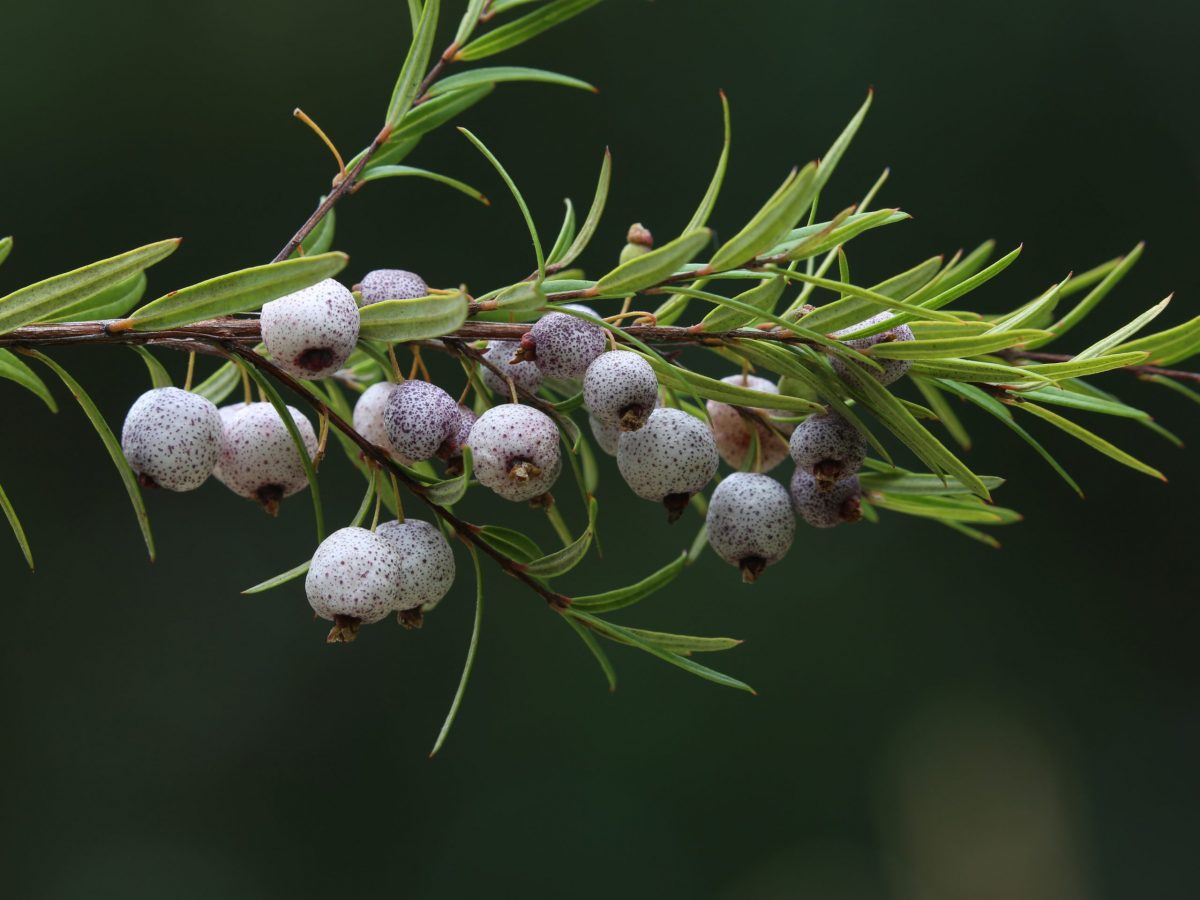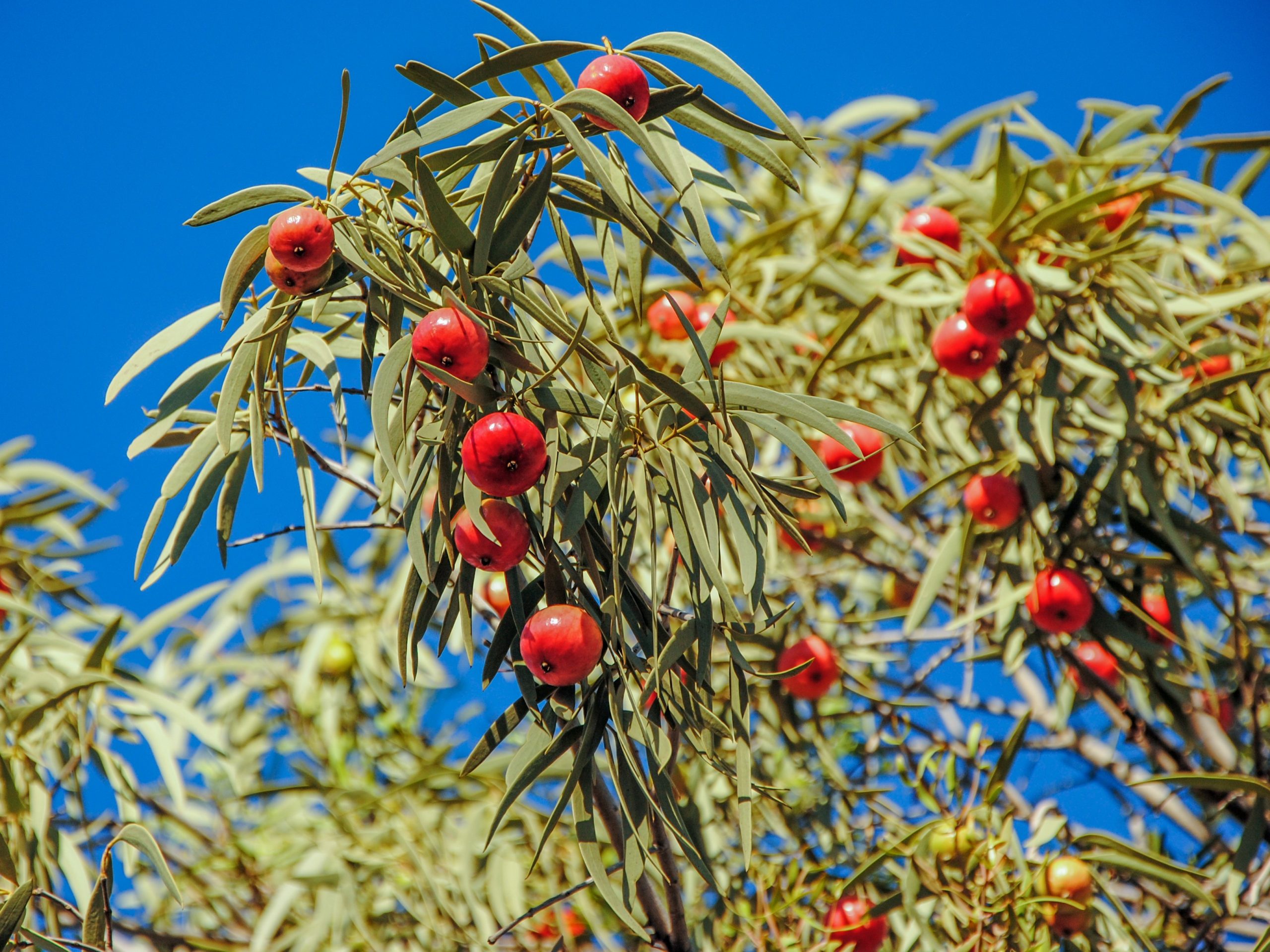A prototype digital and portable bush fruits chemistry toolkit has been developed by University of Queensland (UQ) researchers for communities to use on site, to measure key market attributes of popular bush fruits such as Kakadu, Green and Burdekin plums.
ARC Training Centre for Uniquely Australian Foods Director at UQ, Professor Yasmina Sultanbawa, said the kit would help support the knowledge already present in communities by providing scientific measurements to support their own observations.
“For instance, people in the community know which trees have the sweetest fruit – but now with help of the toolkit, they can measure the sugar levels of fruit on the tree to get an external measure of its sweetness.
“Indigenous enterprises and interested buyers need to know product supply logistical measurements like the weight and size of the fruit (its pulp to seed ratio); how much sugar and salt content and acidity levels are in the fruit; and moisture levels.”
Professor Sultanbawa said this type of information was required to help understand the stability of the product, its suitability to be processed into a dehydrated powder, and to determine the type of packaging required.
“The toolkit has been designed to address these questions and will be tailored according to the needs of each Indigenous enterprise, depending on their current activities along the value chain.
“By ensuring consistently high-quality products, these enterprises are likely to get repeat, increased and new business, resulting in greater economic and social benefits delivered back into communities.
“Plus, the toolkit can be used to provide information on seasonality, growing conditions and plant physiology for Indigenous enterprises to own and share with future generations.”

Midgen/midyim or sand berries (Austromyrtus dulcis), native to coastal regions from New South Wales to as far north as Fraser Island in Queensland, have a flavour not unlike that of blueberries, with hints of ginger, eucalyptus and nutmeg.The mildly crunchy berries provide calcium, iron, vitamin C and dietary fibre. Credit: Shutterstock
The toolkit, developed by UQ’s Dr Anh Phan, was also supported by funding from the Cooperative Research Centre for Developing Northern Australia (CRC-NA) as part of the Australian Government’s CRC Program, and can be used with any native bush fruit.
Djungan Paul Neal, Community Enterprise Developer at the Yarrabah Aboriginal Shire Council, whose community will house one of two chemistry test kits, said the kit empowered communities.
“We are interested in developing a commercially viable native foods industry, in partnership with industry and research organisations, that utilises traditional knowledge and science, and is led by Aboriginal people with governing IP principles in place,” Mr Neal said.
Guidelines to protect intellectual property will be co-designed in consultation with the Indigenous communities working on these projects.
Professor Sultanbawa said the research team was investigating different sensing technologies communities could use on site to measure other key properties of their fruit, such as vitamin levels, traceability, and provenance.
Read more here.
This article was published initially on the CRC for Developing Northern Australia’s website on . It has been republished here courtesy of CRC-NA. View the original article.
Lead image: Fruiting desert quandong (Santalum acuminatum) in Curtin Springs, Northern Territory. Credit: Shutterstock


